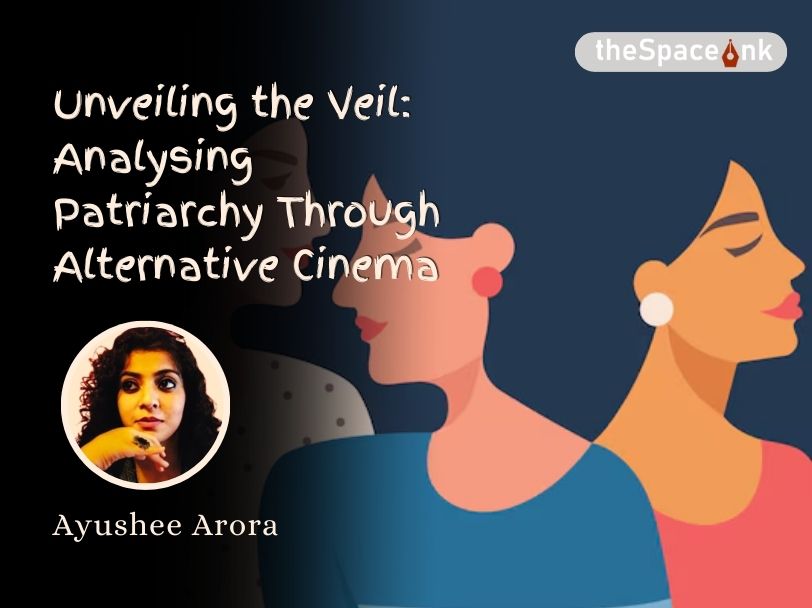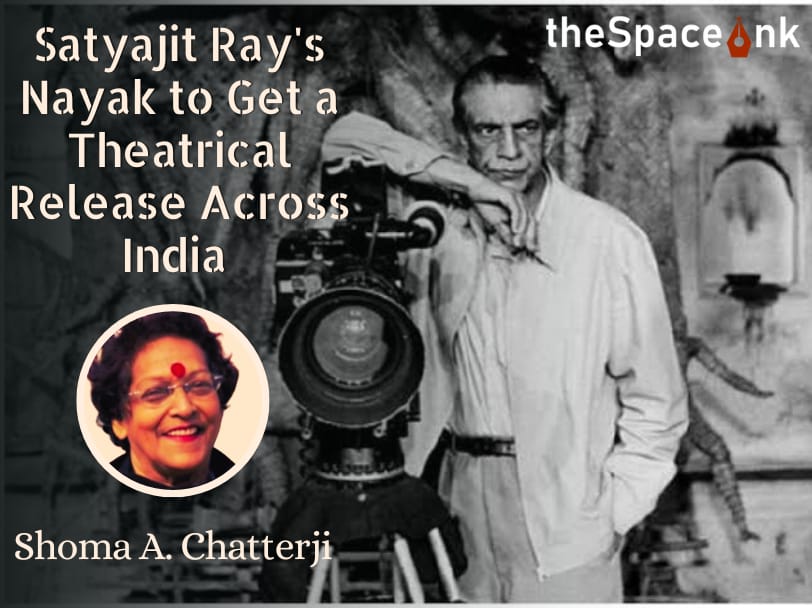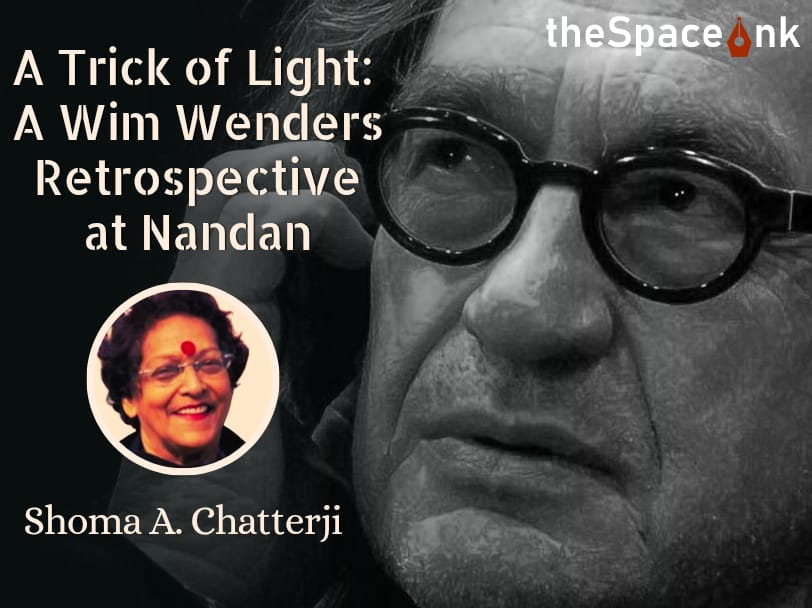Around 2010, during the research of my book Uttam Kumar and Suchitra Sen- Bengali Cinema’s First Couple, I was in the process of speaking to filmmakers, musicians, gossip columnists, amongst others. There were constant comparisons and discussions about art house and popular cinema from the Fifties and the Sixties, both of which seemed to have elicited a variety of reactions in the minds of the audiences. Ironically enough, it was during this time, while I was writing about the romantic pair of Uttam and Suchitra that I plunged myself into the films of Mrinal Sen. Unlike most Bengalis, my introduction to alternate cinema was not through Ray, instead it was the hard-hitting films of Mrinal Sen and Ritwik Ghatak that first caught my attention.
Mrinal Sen often spoke about making films which spoke to himself first rather than pander to the taste of the audience. A lifelong follower of Marxist values, which he was fond of saying was his way of searching for the truth, Sen made several films that called out the exploitation of the poor and the needy. But unlike his contemporary Satyajit Ray who preferred talking issues through stories, Sen sometimes came across as a passionate documentary film maker especially with his use of real-life footage of violence, and montages of newspaper cuttings to convey the problems of the city. Perhaps Sen is the most openly political in what has come to be known as his Calcutta trilogy films comprising, Interview (1971), Calcutta 71 (1972), and Padatik (The Guerilla Fighter) (1973). Here he sharply focuses on corruption of people’s moral values, capitalistic tendencies, pseudo societal behaviour and critique of the Communist party’s ideologies. His openly questioning of party politics however landed him in problems. Sen’s film Padatik for example, was not liked by leftist groups for its critique of the Naxal movement, while Neel Akasher Neechey(1959)- a simple tale of a Chinese vendor and a housewife, became the first Indian film to be banned for its political overtones.

In hindsight though, one understands that unlike Ritwik Ghatak who used films to spread his messaging, or Ray who stood almost aloof, Sen’s films were completely meshed into his personal belief system. Perhaps there is no better example of this, than the way he styled the sets of Ek Din Achanak on the model of his own house! His study, the bedrooms, or even the way the living room would give a glimpse of the inner rooms, most of which was replicated in the film. Sen and his family spent long periods in middle class homes, changing homes from time to time, adjusting to various neighbourhoods in South Kolkata, an area he felt most comfortable in. In an interview to WildFilmsIndia, he mentions how he had never stayed in posh localities because he felt that would make him and his wife quite uncomfortable.
Mrinal Sen often spoke about making films which spoke to himself first rather than pander to the taste of the audience. A lifelong follower of Marxist values, which he was fond of saying was his way of searching for the truth, Sen made several films that called out the exploitation of the poor and the needy. But unlike his contemporary Satyajit Ray who preferred talking issues through stories, Sen sometimes came across as a passionate documentary film maker especially with his use of real-life footage of violence, and montages of newspaper cuttings to convey the problems of the city.
In contrast to his Calcutta trilogy, in Ek Din Pratidin(1980), Padatik or Ek Din Achanak(1989), we encounter a filmmaker who has a keen eye for interpersonal relationships, contradictions and conflicts within the family. He comes across as curious, even remarkably honest in the way he investigates the human psyche, trying to understand human relationships, and the complex emotions that layer us, all of which he places in the framework of a middle-class life. Ek Din Pratidin, one of Sen’s finest films, traces the seemingly simple storyline of a girl who does not return home after work, and sheds light into the hypocrisy of the society we live in. The various reactions of her family and neighbours, is a fine portrayal of the hypocritical society we live in. It is perhaps with ample reason that Sen has earned the epithet of being the untiring chronicler of middle-class life and its complexities.
Also read: Gabriel Garcia Marquez and Mrinal Sen
Many of the actors who have worked with Mrinal Sen often speak about his courage in applying a critical lens inward, questioning himself constantly, evolving during the process of filming, and taking time out to introspect about his own talent and the films that he had made. There are others who speak about the tremendous help he offered to many young people who were starting out on their journey in this business. Actor Ranjit Mallick once spoke about the unorthodox ways that Sen used in his direction. Mallick was asked to speak his mind in an important scene where no dialogues were provided, as the director wanted to see him react. Sen went on to experiment with genres, with his choice of actors and his narratives. He had once said, ‘I need films that have not been made before, I need films where I can make the most intimate use of the visual medium.’ While his oeuvre reveals experiments and ups and downs, his devotion to the medium, to the act of storytelling, and his urge for holding up the stories of the middle class are perhaps truly unparalleled.
Mrinal Sen the man, as different from the filmmaker, was someone with a ready laugh and a twinkle in his eye. He not only did have a delightful sense of humour, but also the rare quality of being able to laugh at himself. He was a young man in his mind till the end, and repeatedly spoke about the problems faced by the youth.
Sen’s films are relevant today as they were before, perhaps even more so now. His sensitivity and intuitive ability to understand the human mind and its contradictions, makes him a filmmaker who was certainly ahead of his times, and perhaps for these reasons he will remain relevant in the future too. His characters, his stories, and his narrative is not representative of a single era. In fact, he made films that could be seen by any age group and at any time, a characteristic of most timeless artists.
Images courtesy: Syamantak Chattopadhyay & https://filmforum.org/
Maitreyee B Chowdhury is a Bangalore based poet and writer. She has four books to her credit - The Hungryalists (Non-Fiction), One Dozen - Hasan Azizul Huq (Translation), Uttam Kumar and Suchitra Sen - Bengali Cinema's First Couple (Non-Fiction) and Where Even The Present Is Ancient: Benaras (Poetry). Maitreyee is organiser of Bengaluru Poetry Festival, and managing editor of The Bangalore Review - a literary journal.









One Response
Very nice